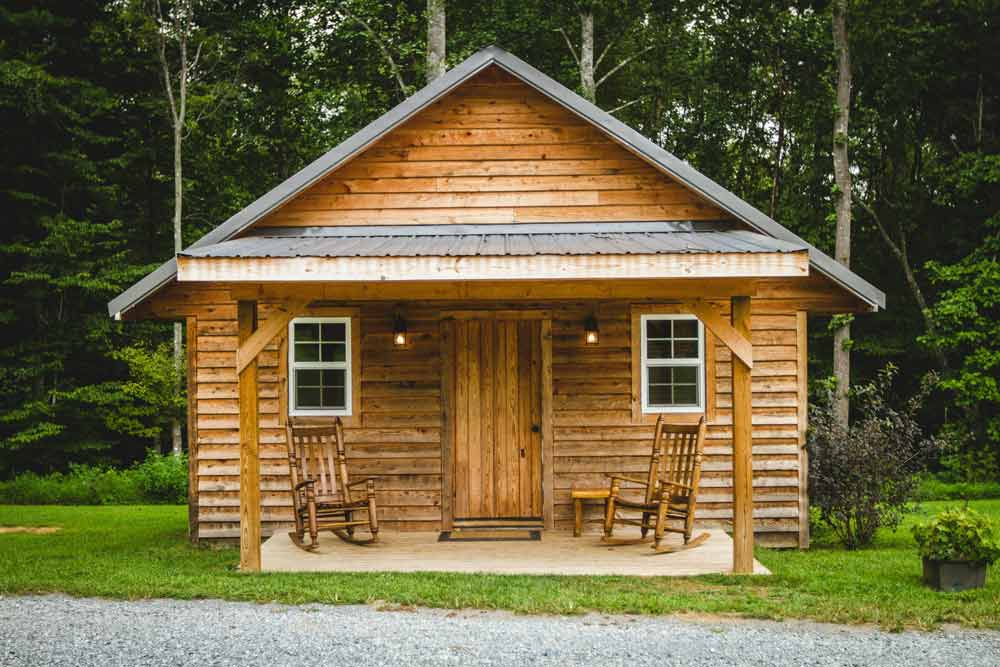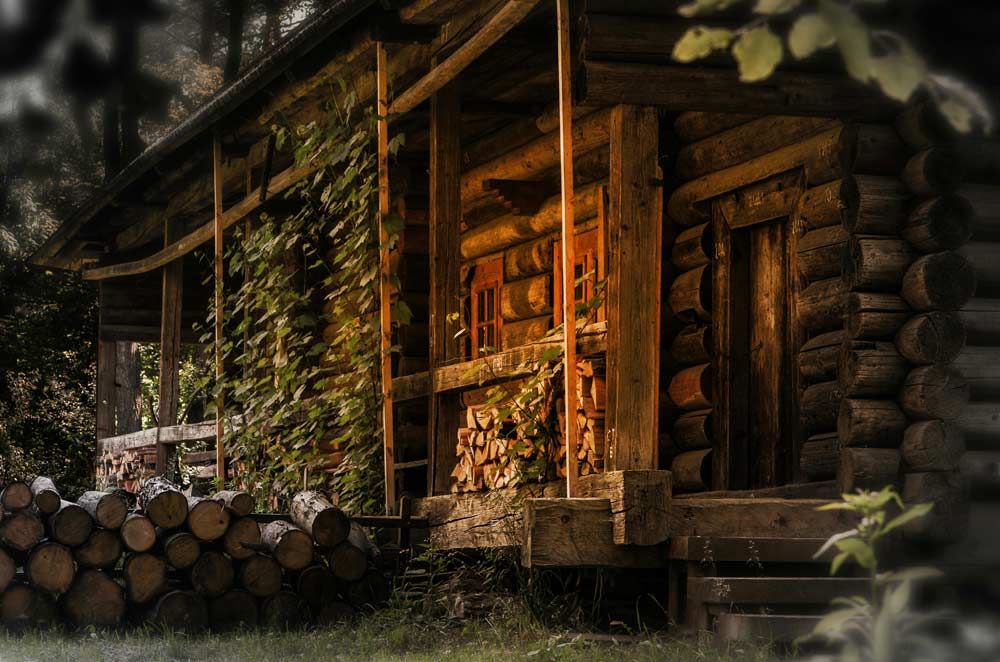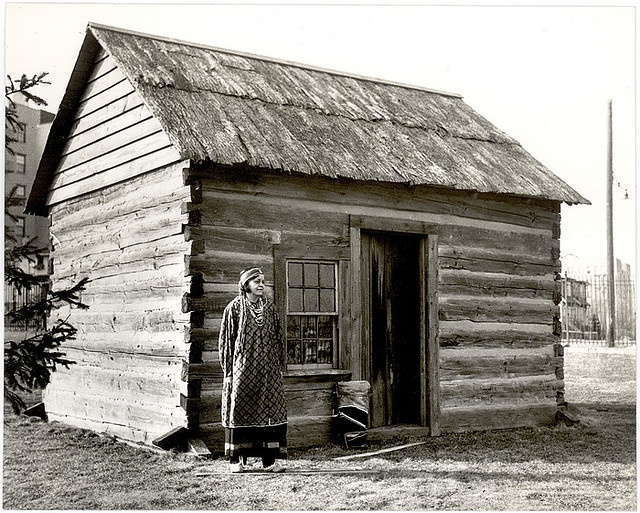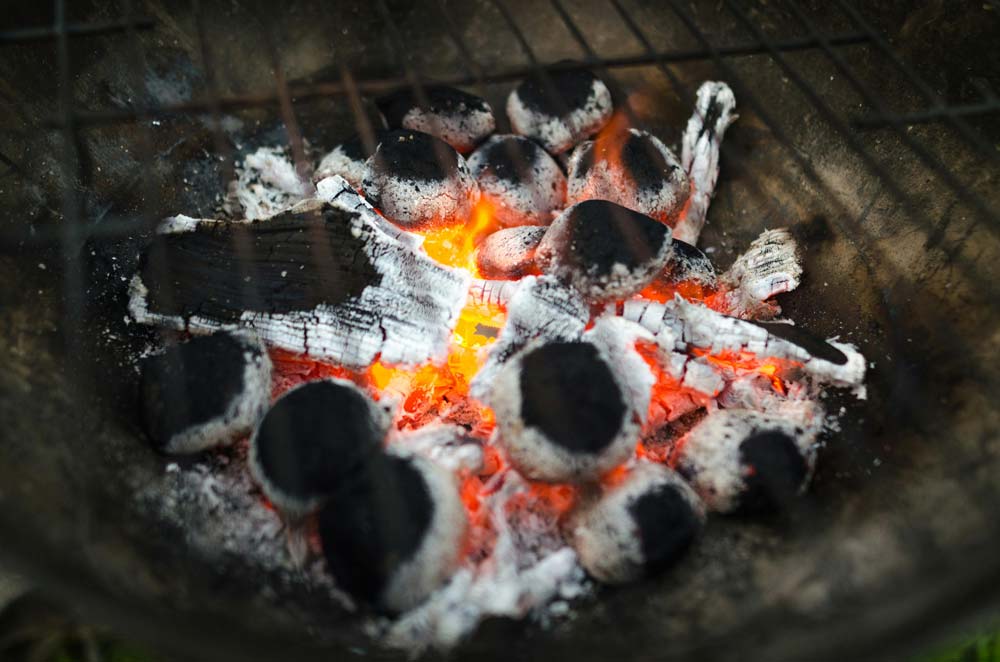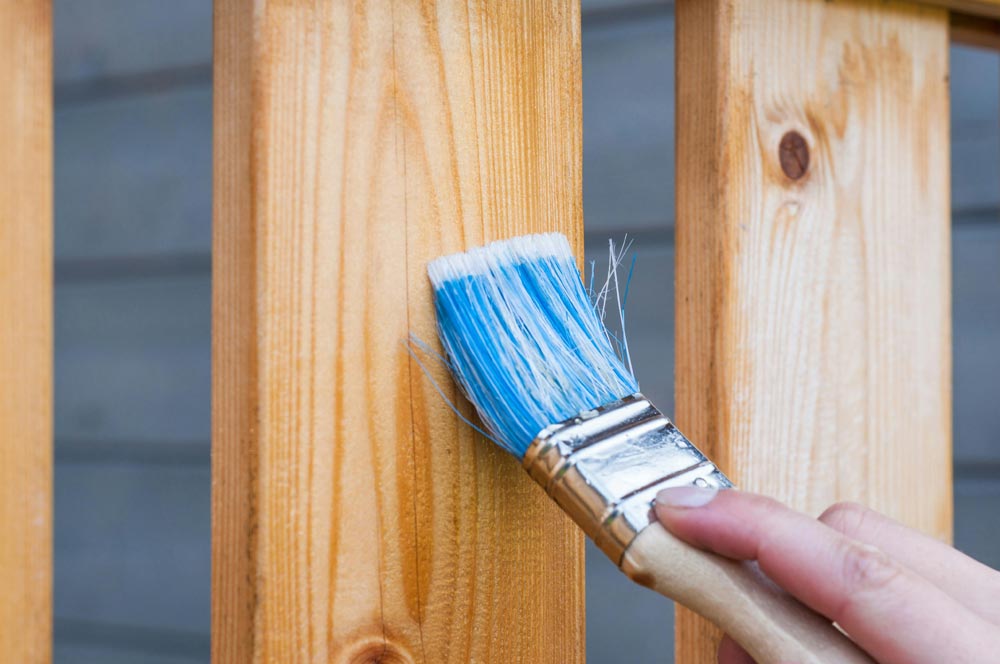When painting your log cabin there are several things to consider. Following these will make your building last so much longer. As well as that they will make your life easier as you enjoy those extra years with your garden room.
So here are 10 things to consider and follow:
- Order – Products should be applied in a certain order:
- First – ANITROT/ANTIFUNGEL PRESERVATIVE (Skipping this may leave you open to issues in the future, and void your warranty)
- Second – PRIMER or UNDERCOAT
- Third – TOPCOAT or WATERPROOFER (This might be a coloured stain or opaque paint)
- Paint Quality – Make sure you buy quality log cabin or timber building specific products. There is no point scrimping with the paint or preservative, buying a cheap shed quality paint. It will pay back dividends if you get a good product.
- Paint or Stain – It doesn’t matter if you use a stain or paint, both are equally good. Vanish can be good, but when you come to reapply it after a couple years you will need to sand the initial vanish off first. Also see below for another reason against exterior varnish.
- UV Damage – Make sure the waterproofed product you use has a pigment (colour) in it, a clean product. Wood that has a clear waterproofer is likely to get UV damaged, this results in black/blue spots appearing on the wood (it will look like rot).
- Top and Bottom – Make sure you treat all exterior parts of the log cabin. This includes all top and bottom of the doors and windows. Not treating the underneath or top of the doors/windows will cause them to expand and stick.
- Expanding – In the autumn/winter your timber building will expand, this might result in areas above the door and windows being exposed that have not been previously treated. This is perfectly nature and all you need to do is treat these sections as they appear.
- Follow instructions – Follow the instructions. Always apply the number of coats the manufacturer suggests as a minimum! More is most definitely Better!
- Time between applications – If the manufacturer suggests reapplying the product after 5 year, reapply after 3 years.
- Floor – A non-slip product is needed, varnish, paint or stain. A stain before varnish is a good way to add a little colour to the floor.
- Breathability – Make sure the products you use on the walls are breathable.
